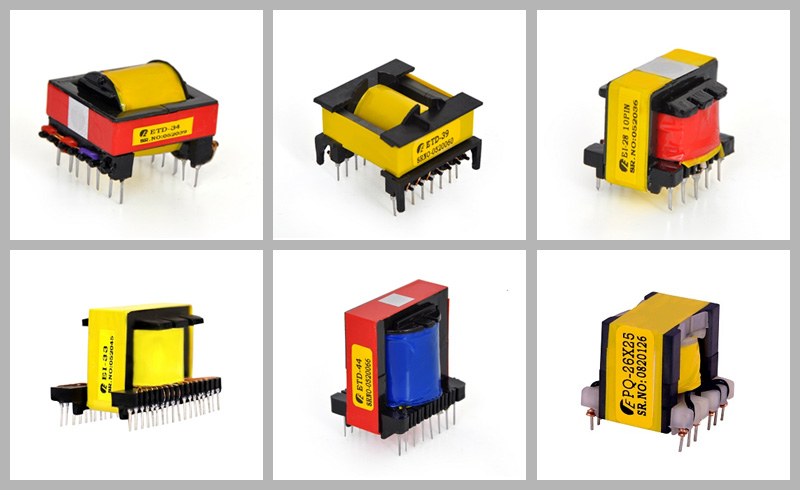No Product Added

By : Shah Electronics

Transformers are critical components in power systems, and selecting the right transformer for your needs is essential for ensuring proper functioning and optimal performance. Whether you are choosing a transformer for industrial, commercial, or residential use, there are several factors to consider to ensure that you make the right choice. In this blog post, we will discuss some of the most important factors to consider when selecting a transformer.
One of the primary factors to consider when selecting a transformer is the power requirements of your application. This includes the required voltage and current levels, as well as the frequency of the AC power source. Transformers are designed to convert AC power from one voltage level to another, and choosing the right transformer with the appropriate power rating is essential for ensuring that your equipment operates correctly.
Efficiency is another crucial factor to consider when selecting a transformer. A more efficient transformer will convert more of the input power into the desired output power, resulting in less energy waste and reduced operating costs. The efficiency of a transformer can be affected by factors such as the quality of the core materials, the design of the windings, and the type of cooling used.
The load characteristics of your application will also affect the selection of the transformer. This includes the type of load (inductive, capacitive, or resistive), the level of harmonics, and the overall power factor of the load. Different types of loads require different types of transformers, and selecting the wrong transformer can result in reduced efficiency, increased heat, and potential damage to the equipment.
The environmental conditions in which the transformer will operate are also an essential consideration. Transformers can generate heat, and the ambient temperature of the environment can affect their performance. In addition, transformers can be affected by humidity, dust, and other environmental factors. Transformers that will be used in harsh environments such as outdoors or in industrial settings may require additional protection or special designs to ensure optimal performance.
Transformers come in different types, including step-up transformers, step-down transformers, isolation transformers, autotransformers, and more. Each type of transformer has its own unique characteristics and advantages, and selecting the right type of transformer is essential for ensuring that your equipment operates correctly.
The size and weight of the transformer are also essential factors to consider when selecting a transformer. The size of the transformer will depend on the amount of power it needs to handle, and the weight of the transformer will depend on the type of core materials used. It is important to ensure that the transformer you select is appropriately sized and can be easily installed in your application.
Selecting the right transformer for your needs is critical for ensuring optimal performance and energy efficiency. By considering factors such as power requirements, efficiency, load characteristics, environmental conditions, type of transformer, and size and weight, you can make an informed decision when selecting a transformer. Consulting with a qualified engineer or transformer manufacturer can also help ensure that you select the right transformer for your application.
© 2025. Shah Electronics. All Rights Reserved. Terms of Use Privacy Policy Cookie Policy
Terms of Use
Privacy Policy
Cookie Policy
© 2025. Shah Electronics. All Rights Reserved.
Powered by WEBMANTRA